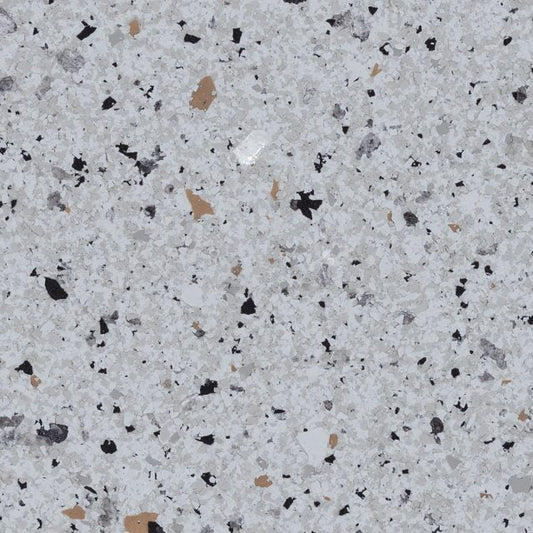The Ultimate Guide to Concrete Dye: Transforming Your Space with Vibrant Colors
Concrete, often associated with dull, grey surfaces, has evolved into a versatile and stylish material thanks to the introduction of concrete dyes. Whether you're looking to enhance your indoor flooring, outdoor patio, or any other concrete surface, dyeing offers a vibrant, long-lasting, and customizable solution. In this guide, we’ll explore everything you need to know about dyeing concrete, from the types of dyes available to application techniques and maintenance tips.
1. Understanding Concrete Dye
Concrete dye is a coloring solution specifically formulated to penetrate the surface of concrete, offering vibrant and rich hues that can transform any space. Unlike concrete stains that react with the concrete to produce earthy tones, dyes are non-reactive and can produce a broader spectrum of colors, including bold and bright options.
2. Types of Concrete Dyes
There are two primary types of concrete dyes: water-based and solvent-based.
Water-Based Dyes: These are eco-friendly, easy to work with, and offer a wide range of colors. They penetrate the concrete surface well but may require a sealer to enhance the color's intensity and durability.
Solvent-Based Dyes: These dyes provide more vibrant colors and deeper penetration into the concrete. They dry quickly, making them ideal for projects where time is a factor. However, they can emit strong fumes, so proper ventilation is essential.
3. Advantages of Dyeing Concrete
Customization: Concrete dyes allow for a wide array of colors, giving you the freedom to match your decor or create a unique look.
Quick Application: Dyes can be applied quickly, often in just a few hours, and the results are visible almost immediately.
Versatility: Suitable for both interior and exterior surfaces, including floors, walls, countertops, and patios.
Durability: When sealed properly, dyed concrete is resistant to fading and wear, making it a long-lasting option.
4. Application Process
Applying concrete dye is a straightforward process, but attention to detail is crucial to achieving the best results.
Preparation: Clean the concrete surface thoroughly to remove any dirt, oil, or old sealers. For new concrete, ensure it is fully cured before applying the dye.
Testing: Before applying dye to the entire surface, test it on a small, inconspicuous area to ensure you’re happy with the color.
Application: Use a sprayer, brush, or roller to apply the dye evenly across the surface. Multiple layers may be necessary to achieve the desired intensity.
Sealing: Once the dye is dry, apply a concrete sealer to protect the color and enhance its longevity. This step is especially important for areas exposed to heavy foot traffic or the elements.
5. Maintenance Tips
Maintaining dyed concrete is relatively simple:
Regular Cleaning: Sweep or mop the surface regularly to keep it free of dirt and debris.
Resealing: Over time, the sealer may wear down, especially in high-traffic areas. Reseal the concrete as needed to maintain its vibrant color.
Avoid Harsh Cleaners: Use mild, pH-balanced cleaners to prevent damage to the dye and sealer.
Concrete dye offers an excellent way to add color and character to any concrete surface. With the right preparation, application, and maintenance, you can enjoy a beautiful, durable, and unique finish that enhances your space. Whether you're a DIY enthusiast or hiring a professional, concrete dyeing is a fantastic way to breathe new life into your concrete surfaces.



